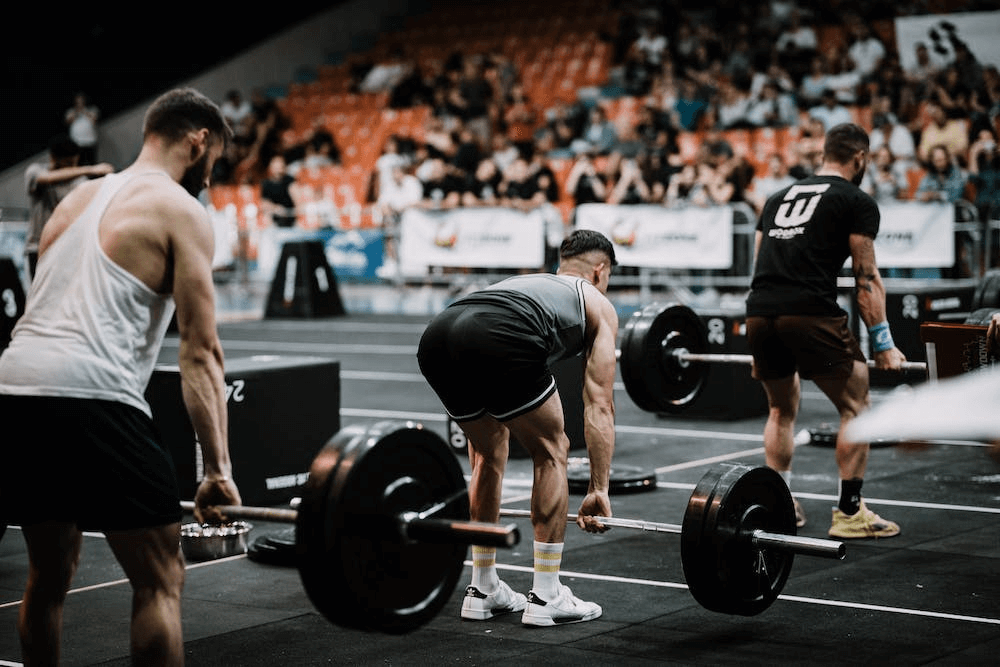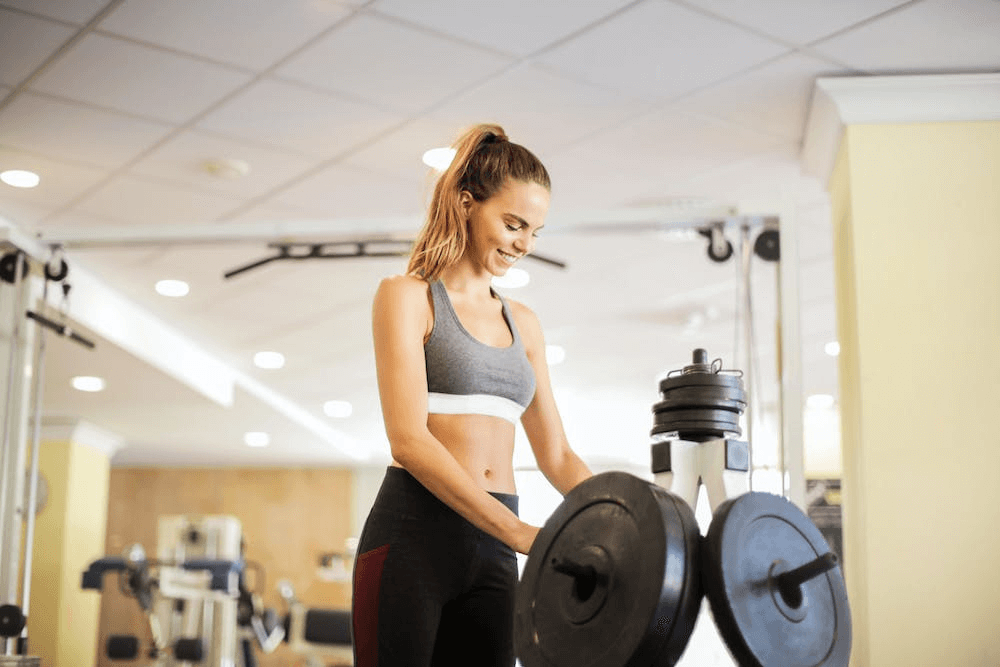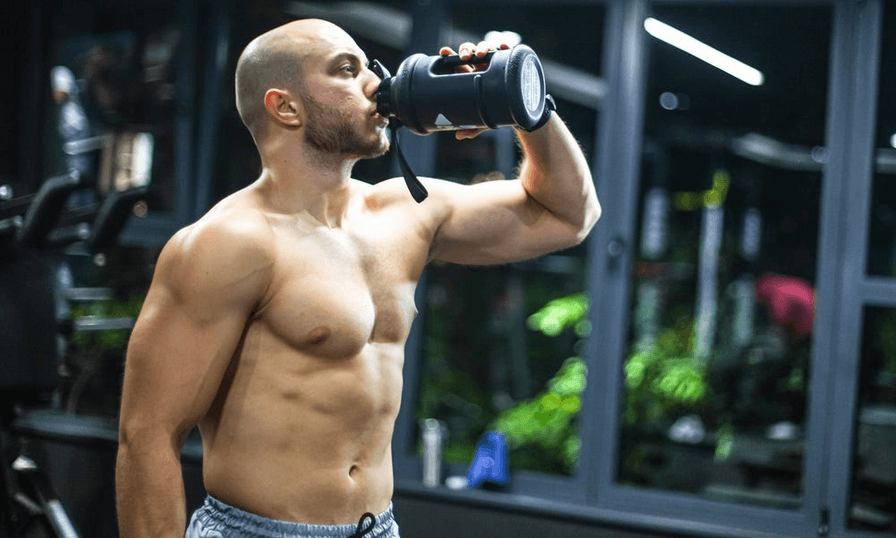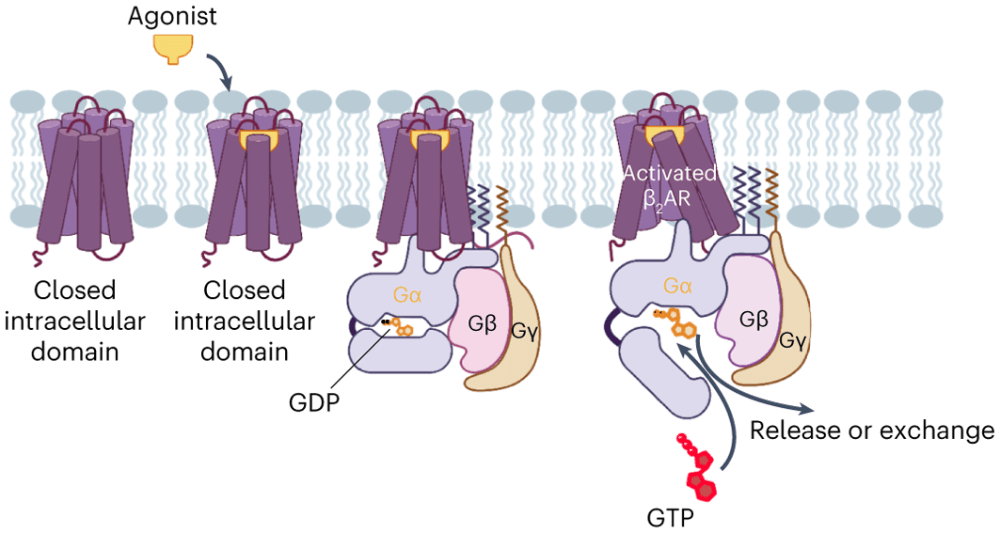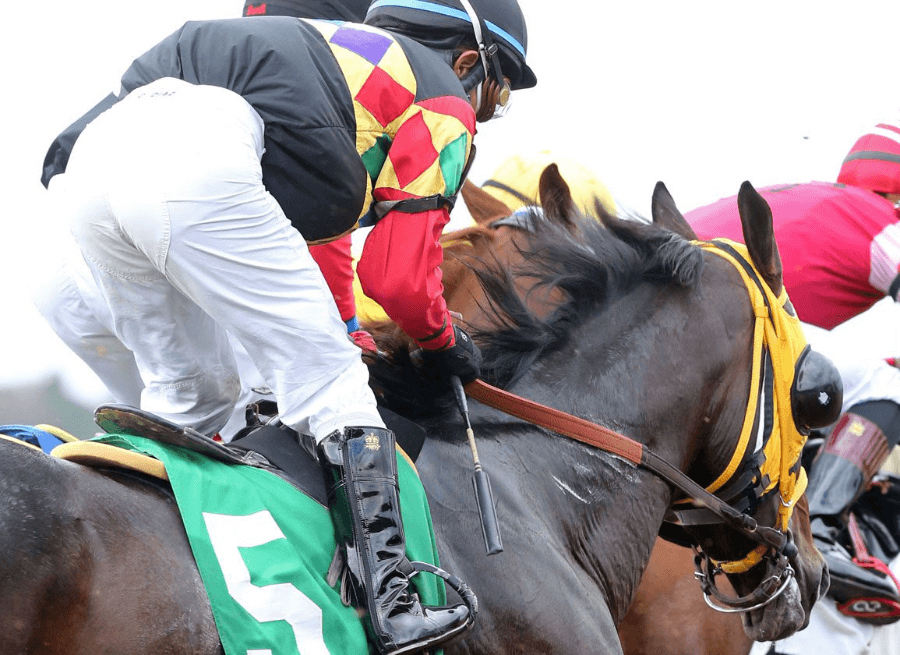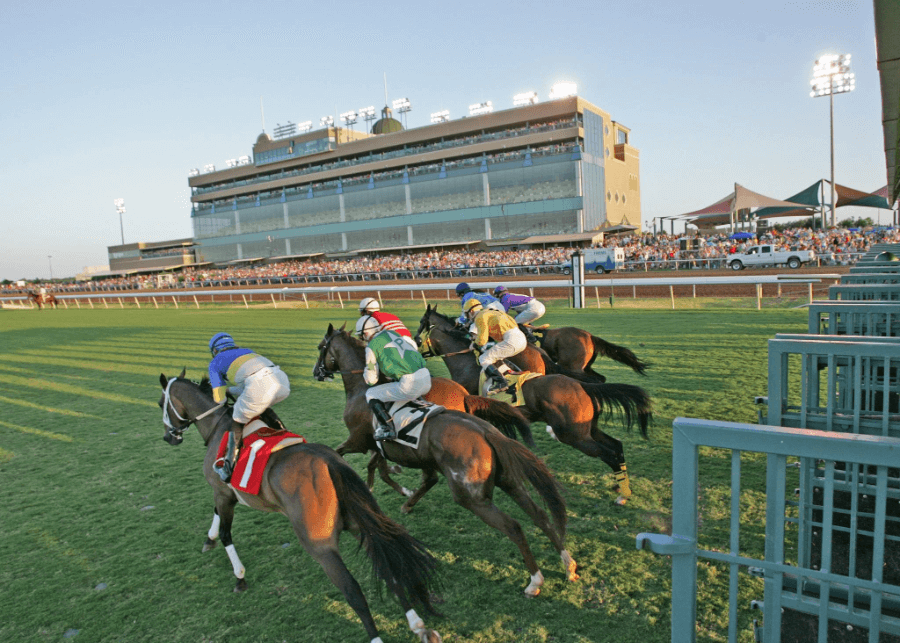Table of Contents
The B Stance Romanian Deadlift (RDL) is a variation of the traditional Romanian Deadlift, a popular exercise in strength and conditioning programs. This variant offers unique benefits and challenges, making it a valuable addition to any fitness enthusiast’s lower-body workout routine.
Let’s delve into what makes the B Stance RDL a must-try for those looking to enhance their lower body strength and muscle development.
The Mechanics of the B Stance RDL
- Stance and Positioning: In the B Stance RDL, the lifter assumes a staggered stance, with one foot slightly behind the other. The front foot takes the majority of the load, while the back foot provides balance and support.
- Execution: The movement involves hinging at the hips, keeping the spine neutral, and lowering the torso forward while maintaining a slight bend in the knees. The emphasis is on stretching and contracting the hamstring and glute muscles of the front leg.
- Grip and Equipment: A barbell is typically used for this exercise, with a grip that is comfortable and allows for control throughout the movement.
Benefits of the B Stance RDL
- Targeted Muscle Engagement: This exercise allows for greater focus and isolation on the hamstring and glute muscles of the front leg, making it an excellent exercise for unilateral development.
- Improved Balance and Stability: The staggered stance challenges your balance and stability, engaging core muscles and improving overall body coordination.
- Lower Back Safety: By allowing one leg to take most of the load, the B Stance RDL can be a safer option for individuals with lower back concerns, as it reduces the overall strain on the lower back.
- Versatility: This exercise can be adapted to different fitness levels and goals. It can be performed with varying weights, making it suitable for both strength and endurance training.
Incorporating the B Stance RDL into Your Routine
- Warm-Up: Always start with a proper warm-up to prepare your muscles and joints for the exercise.
- Frequency: Incorporate the B Stance RDL into your lower body workouts 1-2 times per week, depending on your overall training program.
- Repetitions and Sets: Begin with lighter weights to master the form. Aim for 3-4 sets of 8-12 repetitions or as suited to your training goals.
- Progression: Gradually increase the weight or volume as you become more comfortable with the exercise.
Key Tips for B Stance RDL
Mastering the B Stance Romanian Deadlift requires attention to form and technique. Here are some essential tips to ensure you perform this exercise effectively and safely:
- Foot Placement: Position your front foot flat on the ground and the back foot on its toes. The back foot should be lightly touching the floor, mainly for balance.
- Hip Hinge: Focus on hinging at the hips rather than bending at the waist. This helps in targeting the correct muscle groups and protects your lower back.
- Neutral Spine: Maintain a neutral spine throughout the exercise. Avoid rounding your back, as this can lead to strain and potential injury.
- Controlled Movement: Perform the movement in a slow and controlled manner. Avoid jerky or rapid movements to maintain form and prevent injuries.
- Mind-Muscle Connection: Concentrate on the muscles you are working with – the hamstrings and glutes of the front leg. This helps in maximizing muscle engagement and growth.
Common Mistakes to Avoid
Even experienced lifters can make mistakes when performing the B Stance RDL. Be aware of these common errors:
- Overloading Weight: Starting with too much weight can lead to poor form and potential injury. Begin with a lighter weight to master the technique first.
- Improper Back Foot Placement: Placing too much weight on the back foot can diminish the effectiveness of the exercise. The back foot should only provide balance, not take a significant portion of the load.
- Rounding the Back: This is a common mistake that can lead to lower back injuries. Always keep your spine neutral and engage your core for support.
- Locking the Knees: Slightly bend the knees during the movement to keep the focus on the hamstrings and glutes and to protect your joints.
Variations and Modifications
The B Stance RDL can be modified or varied to suit different fitness levels and goals:
- Dumbbells or Kettlebells: Instead of a barbell, you can use dumbbells or kettlebells for a different challenge and grip variation.
- Elevated Front Foot: For a deeper hamstring stretch, the front foot can be slightly elevated on a weight plate or a small platform.
- Banded RDL: Adding a resistance band around your waist or beneath your front foot can increase the tension and resistance, providing a different stimulus to the muscles.
Let’s End!
The B Stance RDL is a versatile and effective exercise for strengthening and developing the lower body, particularly the hamstrings and glutes. Its unique stance offers benefits in terms of muscle engagement, balance, and safety, making it a valuable addition to any lower-body training regimen.
Whether you’re an athlete or a fitness enthusiast, integrating the B Stance RDL into your routine can lead to significant improvements in strength, stability, and overall lower body development.
